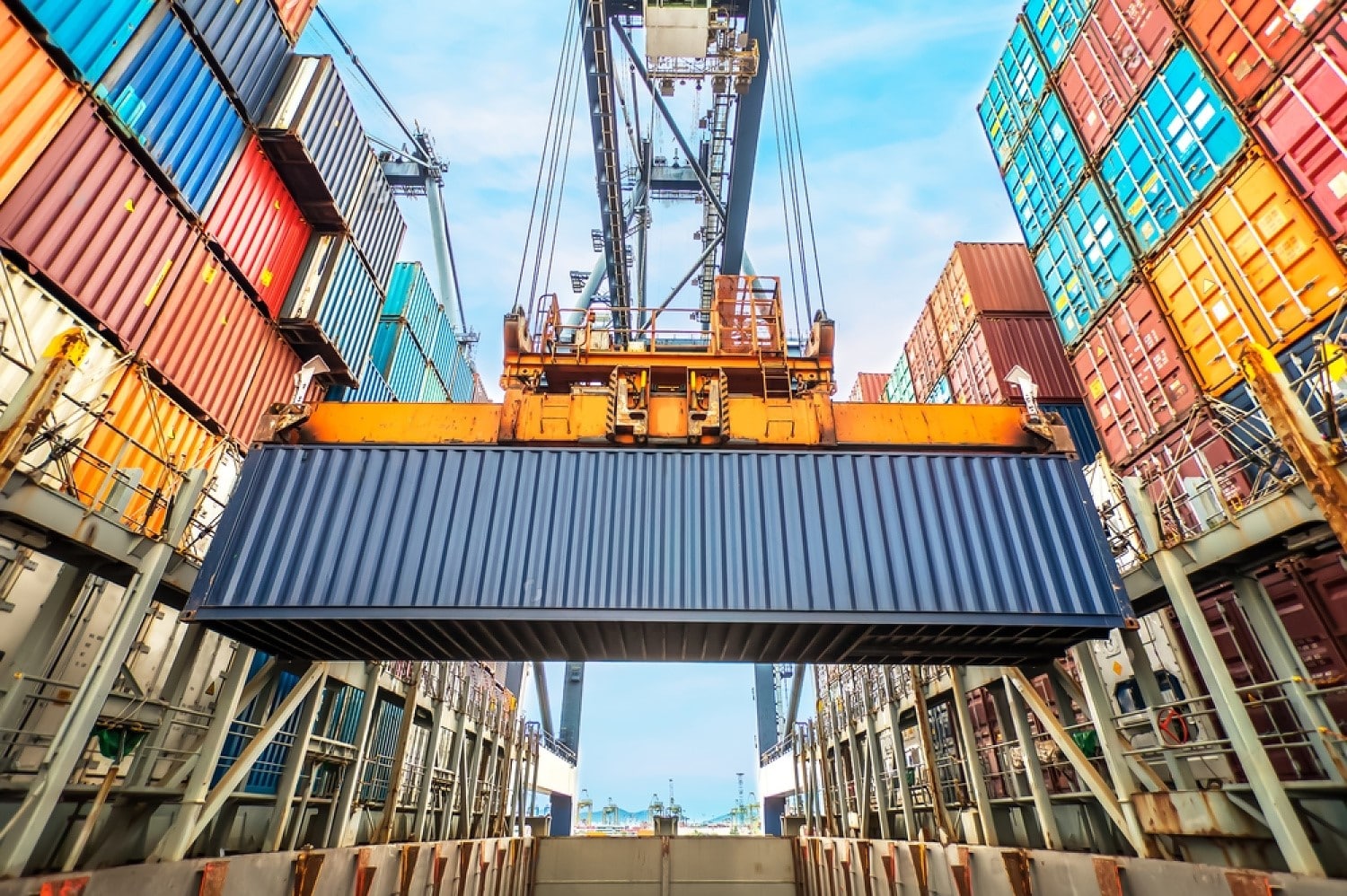
The Global Impact of Commodity Price Volatility Beyond Financial Markets
By Admin | April 5, 2024
Commodity price volatility, once considered the concern of financial markets alone, now echoes across industries, economies, and societies worldwide. From the food we eat to the energy that fuels our daily lives, these price fluctuations are reshaping the world in profound ways. Let’s dive deeper into how this volatility affects various sectors and drives changes across the globe
The most immediate impact of commodity price volatility is felt in agriculture. The livelihoods of farmers, global food security, and production costs are closely tied to unpredictable price swings. When prices rise unexpectedly, farmers may experience higher input costs (such as fertilizers or seeds), while consumers could face inflated food prices, compromising access to affordable nutrition. This volatility, especially in emerging economies, can destabilize food systems and increase hunger risks
Commodity price volatility affects every sector, from agriculture to energy and trade, making resilience and innovation essential for a stable and sustainable global future
Energy markets are equally vulnerable. Oil, gas, and coal are essential to powering economies, and sharp fluctuations in their prices disrupt global energy markets. For energy-importing nations, sudden price hikes can lead to inflation and economic instability, as the cost of goods and services soars. Additionally, this uncertainty can shift energy policies and influence geopolitical dynamics as countries scramble to secure affordable energy sources
On a global scale, international trade is deeply intertwined with commodity prices. Export-dependent nations, particularly those reliant on specific commodities, may experience fluctuating economic growth or contraction depending on price changes. Developing countries are especially vulnerable, as price volatility can stall economic diversification efforts, keeping them dependent on volatile sectors such as oil, gas, or agriculture
Commodity price volatility doesn't just disrupt tangible industries—it also shakes the financial markets. Traders, investors, and financial institutions closely monitor commodity prices, which can fuel uncertainty and lead to market fluctuations. As prices swing, portfolio strategies, investment decisions, and risk assessments must adapt to the changing landscape, contributing to broader financial market turbulence
Compounding these issues, climate change amplifies commodity price volatility. Extreme weather events—such as droughts, floods, and heatwaves—disrupt agricultural production, triggering price hikes in essential food commodities. With agriculture being particularly climate-sensitive, shifting growing seasons and unpredictable weather patterns further complicate efforts to stabilize food prices and maintain food security
Amid this uncertainty, innovation and technological adoption emerge as powerful responses. For example, rising oil prices have accelerated the adoption of renewable energy sources, reshaping the global energy mix. In agriculture, technological advancements aimed at increasing resilience and reducing production costs have become vital in mitigating the effects of price swings
Social and geopolitical unrest is another consequence of rising commodity prices. History has shown that increased food prices often lead to protests, social unrest, and instability, particularly in regions where populations are already vulnerable. Governments' ability to manage and stabilize commodity prices can directly impact social cohesion and political stability
In response to these challenges, the emphasis on sustainability and resilience has never been stronger. Economic diversification, investments in alternative energy, and climate adaptation strategies are crucial steps in mitigating the risks associated with commodity price volatility. Building sustainable and resilient systems across industries and economies will be essential to navigate future shocks
Commodity price volatility is a global force that transcends industries and societies, leaving no corner of the world unaffected. As the world becomes increasingly interconnected, the need for collaborative efforts to manage and mitigate these price fluctuations becomes paramount. Understanding and addressing the challenges posed by this volatility is critical to ensuring a stable, sustainable, and resilient future for all
